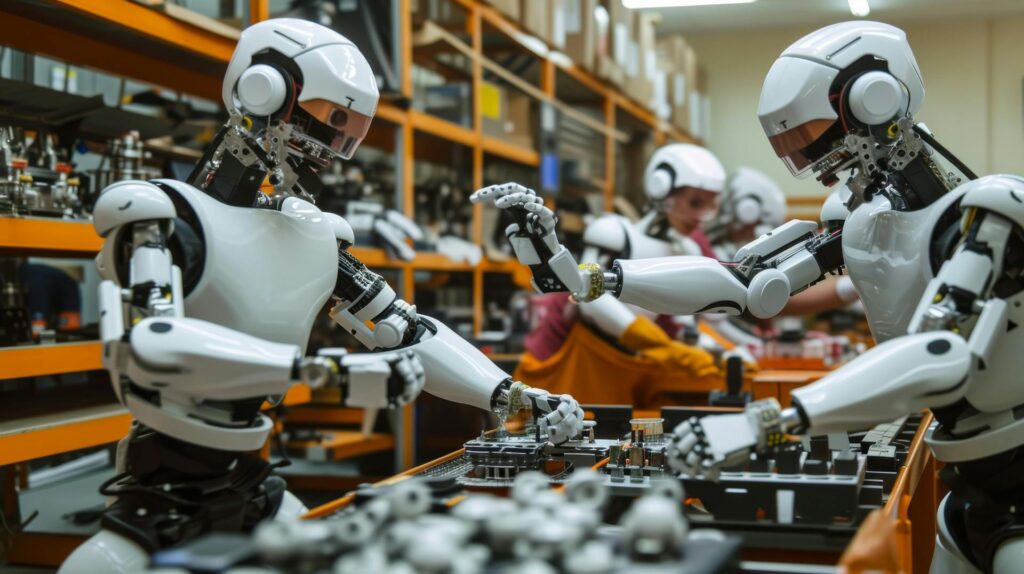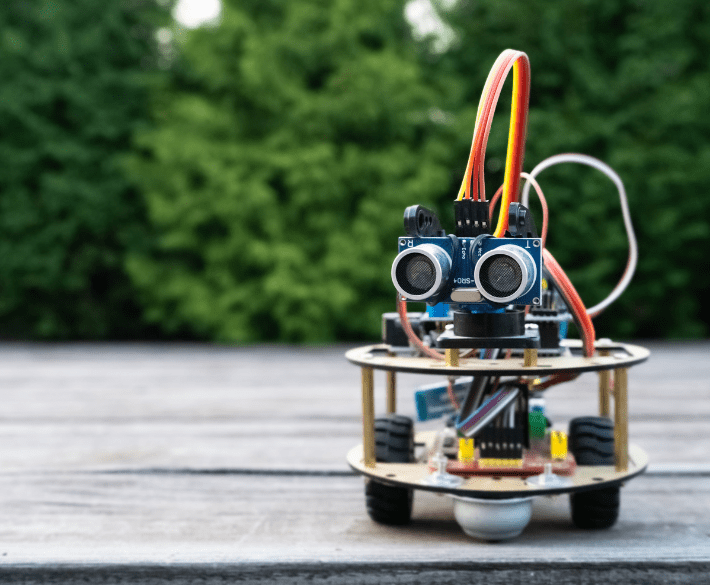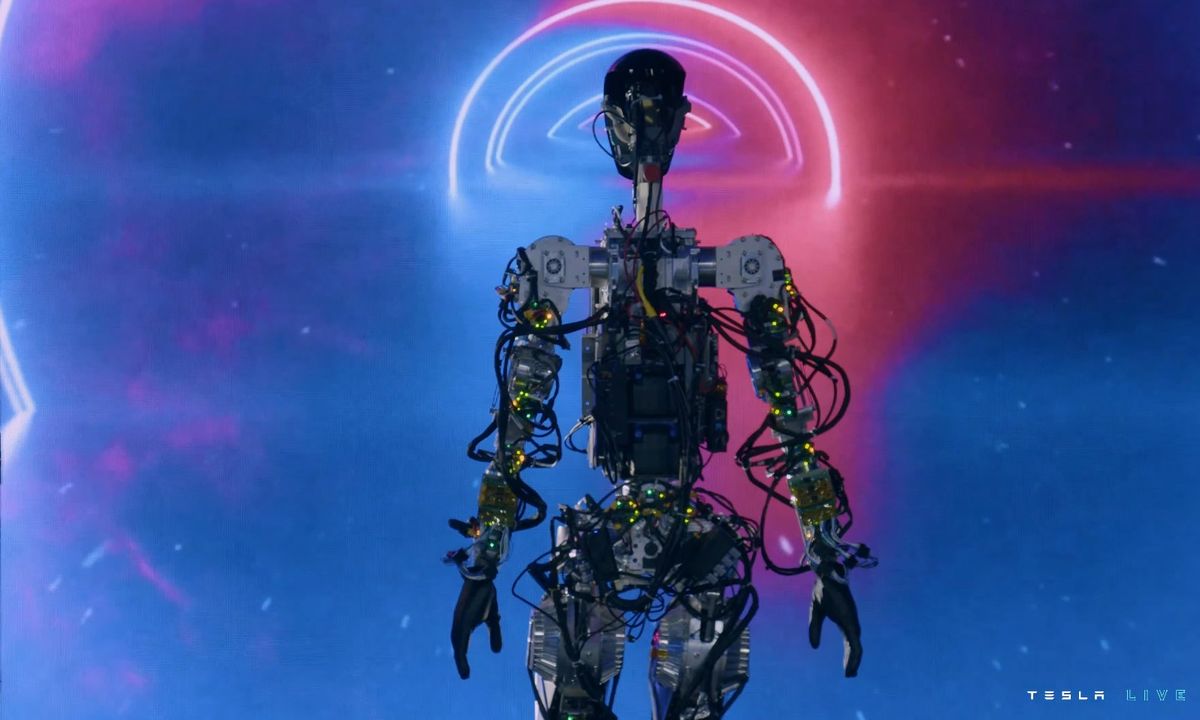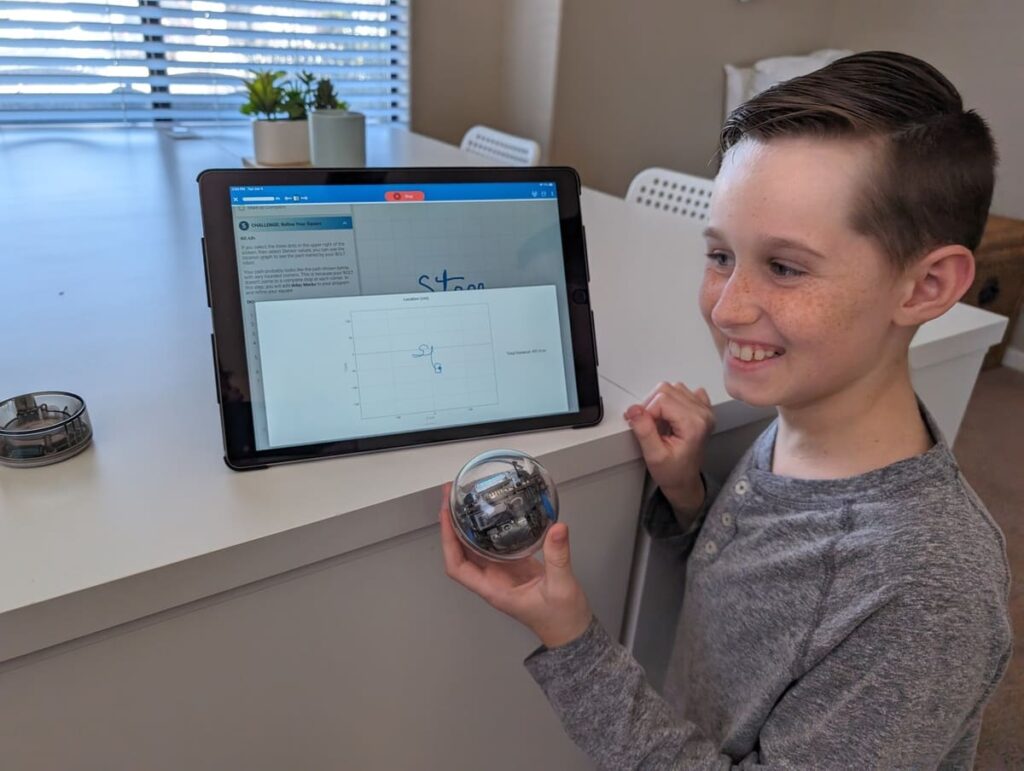How to integrate AI into robotics (AI robotics)?
Artificial Intelligence (AI) and robotics are two groundbreaking technologies that have revolutionized various industries. When combined, AI and robotics can create intelligent machines that are capable of performing complex tasks with precision and accuracy. In this article, we will explore how to effectively integrate AI into robotics to enhance automation and intelligence.
The Benefits of AI Robotics
- Increased efficiency: AI-powered robots can perform tasks faster and more accurately than humans, leading to increased productivity.
- Improved decision-making: By integrating AI into robotics, machines can analyze data and make decisions in real-time, leading to better outcomes.
- Enhanced automation: AI robotics enable the automation of tasks that were previously not possible with traditional robots.
- Cost savings: By leveraging AI in robotics, companies can reduce operational costs and improve overall profitability.
Steps to Integrate AI into Robotics
Integrating AI into robotics requires careful planning and implementation. Here are some steps to effectively integrate AI into robotics:
- Evaluate your current robotics capabilities: Assess your existing robotics infrastructure and identify areas where AI can enhance performance.
- Identify use cases: Determine specific tasks or processes where AI can add value and improve efficiency.
- Choose the right AI technologies: Select AI technologies such as machine learning, computer vision, and natural language processing that are most relevant to your robotics applications.
- Develop AI algorithms: Design and implement AI algorithms that enable robots to perform tasks autonomously and adapt to changing environments.
- Test and validate: Conduct thorough testing to ensure that the integrated AI robotics system functions as intended and meets performance requirements.
Latest Technologies in AI Robotics
Advancements in AI and robotics have led to the development of cutting-edge technologies that are transforming industries. Some of the latest technologies in AI robotics include:
- Deep learning: A subset of machine learning that mimics the human brain’s neural networks, enabling robots to learn from data and make informed decisions.
- Reinforcement learning: A type of machine learning that uses a reward system to train robots to perform complex tasks through trial and error.
- Human-robot collaboration: Technologies that enable robots to work alongside humans in shared workspaces, enhancing efficiency and safety.
- Simultaneous Localization and Mapping (SLAM): Algorithms that enable robots to navigate and map their surroundings in real-time, enabling autonomous operation.
By incorporating these technologies into AI robotics, companies can achieve greater automation, efficiency, and intelligence in their operations.
Best Practices in AI Robotics
To ensure successful integration of AI into robotics, consider the following best practices:
- Collaborate with experts: Work with AI and robotics experts to design and implement an effective integration strategy.
- Stay updated on advancements: Keep abreast of the latest developments in AI and robotics to leverage new technologies and stay competitive.
- Invest in training: Provide training for employees on how to operate and maintain AI robotic systems to maximize their potential.
- Monitor performance: Continuously monitor the performance of AI robotics systems to identify areas for improvement and optimization.
By following these best practices, companies can successfully integrate AI into robotics and unlock new levels of automation and intelligence in their operations.
How to integrate AI into robotics (AI robotics)?
Artificial Intelligence (AI) and robotics are two groundbreaking technologies that have revolutionized various industries. When combined, AI and robotics can create intelligent machines that are capable of performing complex tasks with precision and accuracy. In this article, we will explore how to effectively integrate AI into robotics to enhance automation and intelligence.
The Benefits of AI Robotics
- Increased efficiency: AI-powered robots can perform tasks faster and more accurately than humans, leading to increased productivity.
- Improved decision-making: By integrating AI into robotics, machines can analyze data and make decisions in real-time, leading to better outcomes.
- Enhanced automation: AI robotics enable the automation of tasks that were previously not possible with traditional robots.
- Cost savings: By leveraging AI in robotics, companies can reduce operational costs and improve overall profitability.
Steps to Integrate AI into Robotics
Integrating AI into robotics requires careful planning and implementation. Here are some steps to effectively integrate AI into robotics:
- Evaluate your current robotics capabilities: Assess your existing robotics infrastructure and identify areas where AI can enhance performance.
- Identify use cases: Determine specific tasks or processes where AI can add value and improve efficiency.
- Choose the right AI technologies: Select AI technologies such as machine learning, computer vision, and natural language processing that are most relevant to your robotics applications.
- Develop AI algorithms: Design and implement AI algorithms that enable robots to perform tasks autonomously and adapt to changing environments.
- Test and validate: Conduct thorough testing to ensure that the integrated AI robotics system functions as intended and meets performance requirements.
Latest Technologies in AI Robotics
Advancements in AI and robotics have led to the development of cutting-edge technologies that are transforming industries. Some of the latest technologies in AI robotics include:
- Deep learning: A subset of machine learning that mimics the human brain’s neural networks, enabling robots to learn from data and make informed decisions.
- Reinforcement learning: A type of machine learning that uses a reward system to train robots to perform complex tasks through trial and error.
- Human-robot collaboration: Technologies that enable robots to work alongside humans in shared workspaces, enhancing efficiency and safety.
- Simultaneous Localization and Mapping (SLAM): Algorithms that enable robots to navigate and map their surroundings in real-time, enabling autonomous operation.
By incorporating these technologies into AI robotics, companies can achieve greater automation, efficiency, and intelligence in their operations.
Best Practices in AI Robotics
To ensure successful integration of AI into robotics, consider the following best practices:
- Collaborate with experts: Work with AI and robotics experts to design and implement an effective integration strategy.
- Stay updated on advancements: Keep abreast of the latest developments in AI and robotics to leverage new technologies and stay competitive.
- Invest in training: Provide training for employees on how to operate and maintain AI robotic systems to maximize their potential.
- Monitor performance: Continuously monitor the performance of AI robotics systems to identify areas for improvement and optimization.
By following these best practices, companies can successfully integrate AI into robotics and unlock new levels of automation and intelligence in their operations.



